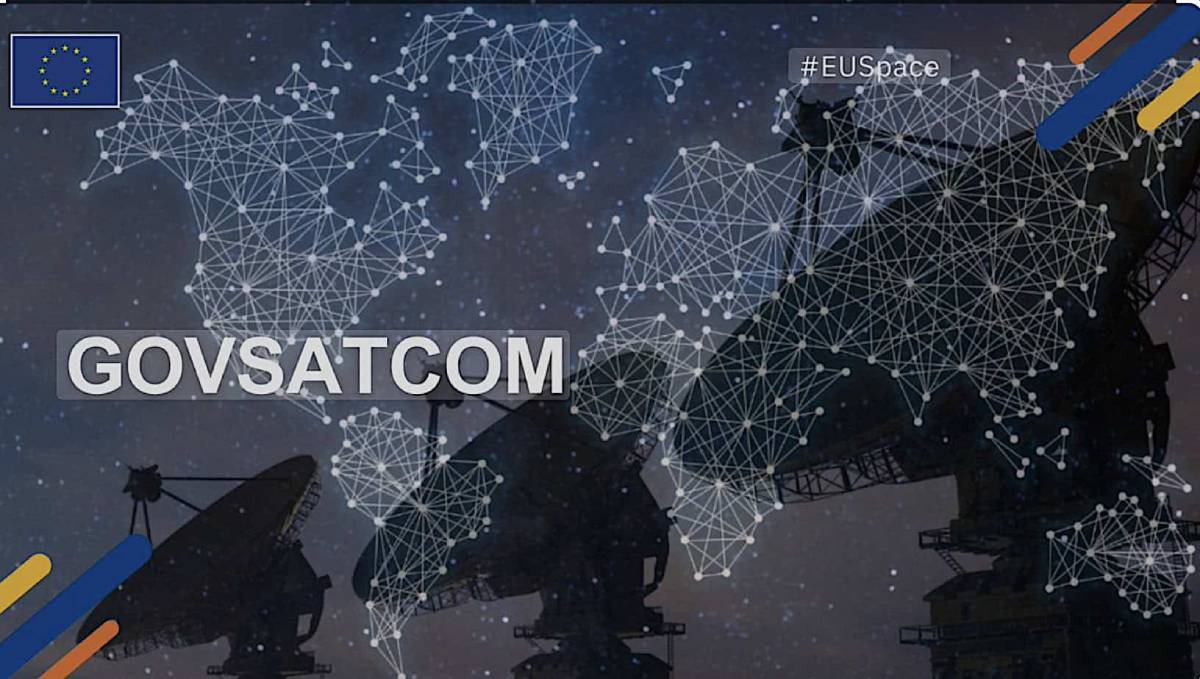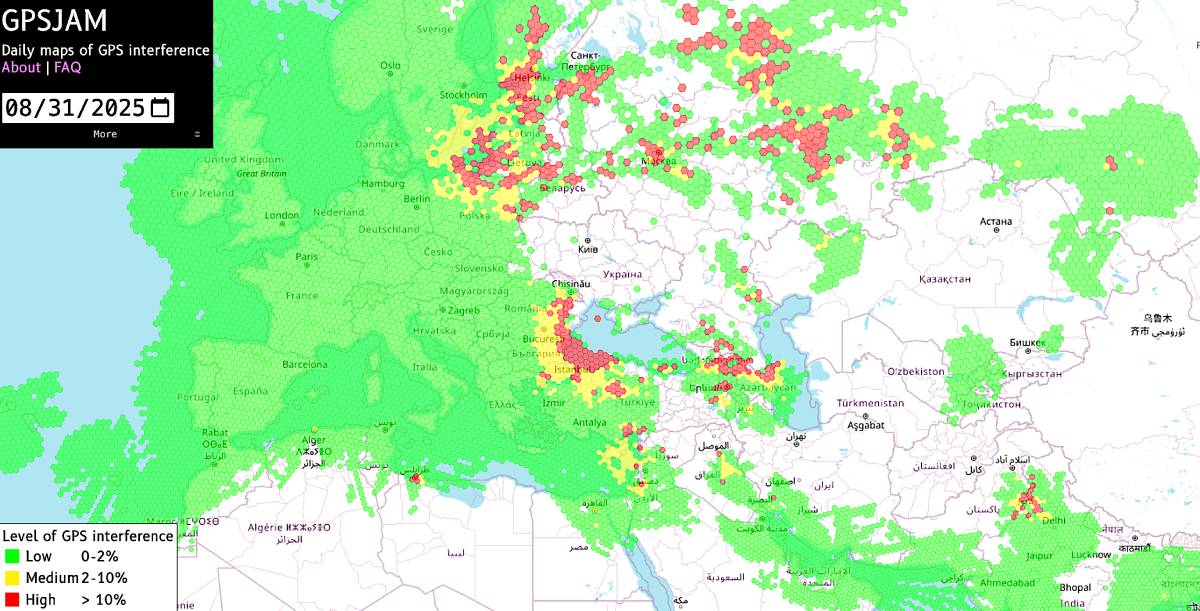Originally published by Space Intel Report. Read the original article here.
 Andrius Kubilius. (Source: EU Commission video)
Andrius Kubilius. (Source: EU Commission video)
MOUNTAIN VIEW, Calif. — European Defence and Space Commissioner Andrius Kubilius said he remained committed to deploying Europe’s GovSatCom program by the end of this year and accelerating the development schedule of the Iris2 secure communications constellation.
GovSatCom is a long-planned effort to pool and share existing milsatcom capacity of EU member states, allowing smaller nations and those without their own national assets to access this capacity in geostationary orbit.
“That means that all Member States will share the benefits of secure, military-grade communication by pooling the existing national capacities,” Kubilius said in an Oct. 28 address to the Space for European Resilience conference in Brussels.
Commission proposes to invite Ukraine into GovSatcom, Iris2
On the same day, the Commission submitted a proposal to EU governments to open negotiations with Ukraine to allow Ukraine’s access to both GovSatCom and Iris2. The proposal follows an April agreement with Ukraine to allow its participation in the EU Copernicus environment-monitoring network.
Entry into GovSatCom and Iris2 will require a formal agreement between the EU and Ukraine.
One goal in Kubilius’s Oct. 29 address was to encourage European Space Agency (ESA) governments to endorse ESA’s multiple security-related projects being proposed at the agency’s Nov. 26-27 ministerial council, to be held in Bremen, Germany.
Kubilius has little room to maneuver financially until the next seven-year EU budget is adopted in 2028.
 (Source: European Commission)
(Source: European Commission)
He is counting on ESA to start early work on an EU intelligence, surveillance and reconnaissance network, called the Earth Observation Governmental Service (EOGS); on a positioning, navigation and timing service in low Earth orbit, called LEO PNT, to mitigate jamming and spoofing of the EU Galileo and US GPS navigation systems; and on Iris2, where ESA is focused on maturing technologies needed for the MEO- and LEO-orbit Iris2 assets.
ESA officials, in an Oct. 29 briefing, outlined the $1.4-billion proposal to link the three projects using Iris2 as the telecom backbone for LEO PNT and EOGS.
Kubillius said he was committed to “accelerating the deployment of Iris2,” but it’s not clear he has much control over the schedule over what is designed as a public-private partnership to be managed as a concession by the SpaceRise consortium. Commercial satellite operators SES, Eutelsat and Hispasat are the three SpaceRise members. They have committed to investing about 40% of the constellation’s estimated 11-billion-euro capital cost.
The Commission and SpaceRise signed a contract to develop Iris2 in December 2024. But the contract is binding only once the two parties have cleared a planed Rendezvous Point to confirm the network’s cost, schedule and performance after SpaceRise negotiations with its supply chain.
After a year’s work, SpaceRise is scheduled to submit to the Commission detailed accounting by the end of this year. The Commission, likely with ESA assistance, will spend three months reviewing it.
Only once SpaceRise and the Commission have concluded this review will Iris2 be on firm footing at least until 2028, when the Commission’s new budget will be presented to the European Council and the European Parliament.
Kubilius has proposed a five-fold increase in defense and space funding, to 131 billion euros ($152.7 billion), over the seven-year period.
Iris2 is scheduled to be operational in 2030, but that date remains aspirational given the financial stresses on Eutelsat, which is responsible for managing Iris2’s main LEO-orbit constellation.
“We are currently working intensively with all partners” to accelerate work on Iris2, Kubilius said. He remains convinced that Russia by 2030 will be ready to test, in Europe, whether NATO’s one-for-all, all-for-one Article 5, is credible. Article 5 says an attack on one NATO member will be treated as an attack on all of them.
 (Source: GPSJam.org)
(Source: GPSJam.org)
Already Russia is toying with Europe’s defenses with drone flights over EU territory and jamming/spoofing of satellite navigation.
Kubilius said he was on the plane with EU Commission President Ursula von der Leyen on Aug. 31, en route to Bulgaria, when its satellite navigation system was jammed. This has become a regular occurrence in the region.
“Fifty thousand flights affected in one year! In the Baltic: a five-fold increase compared to last year of radio frequency interference,” he said.
“We need to be ready before 2030. Because Putin will be ready to test NATO Article 5. Without space, there will be no defense readiness. And now we are not ready.”
Originally published by Space Intel Report. Read the original article here.
